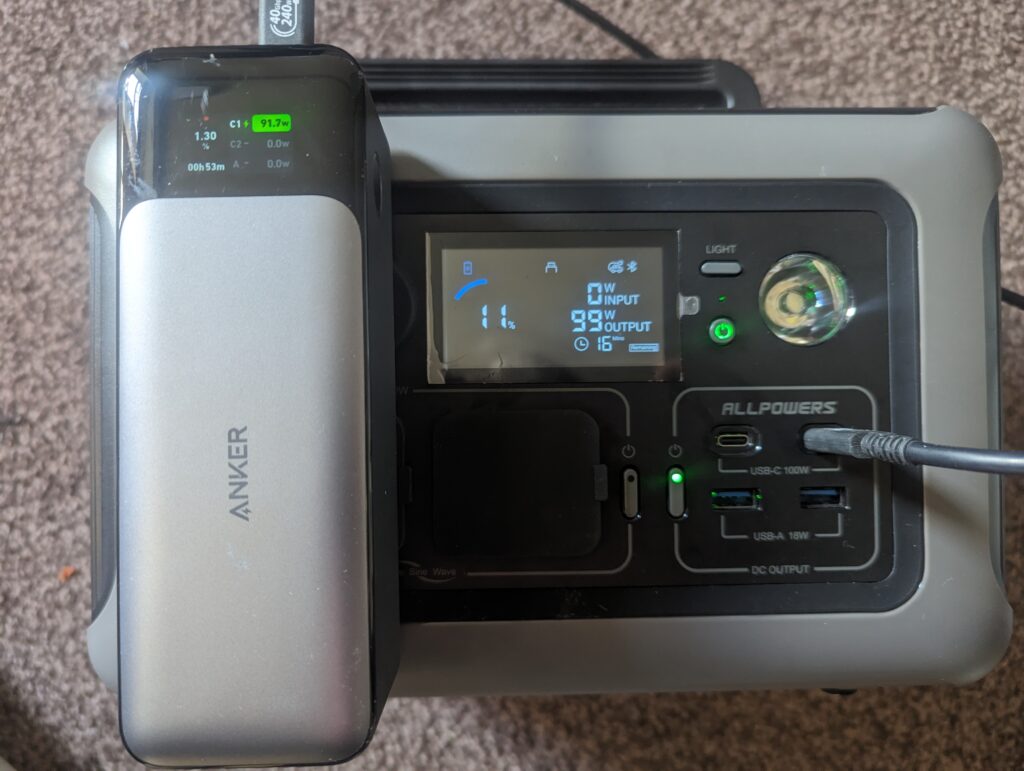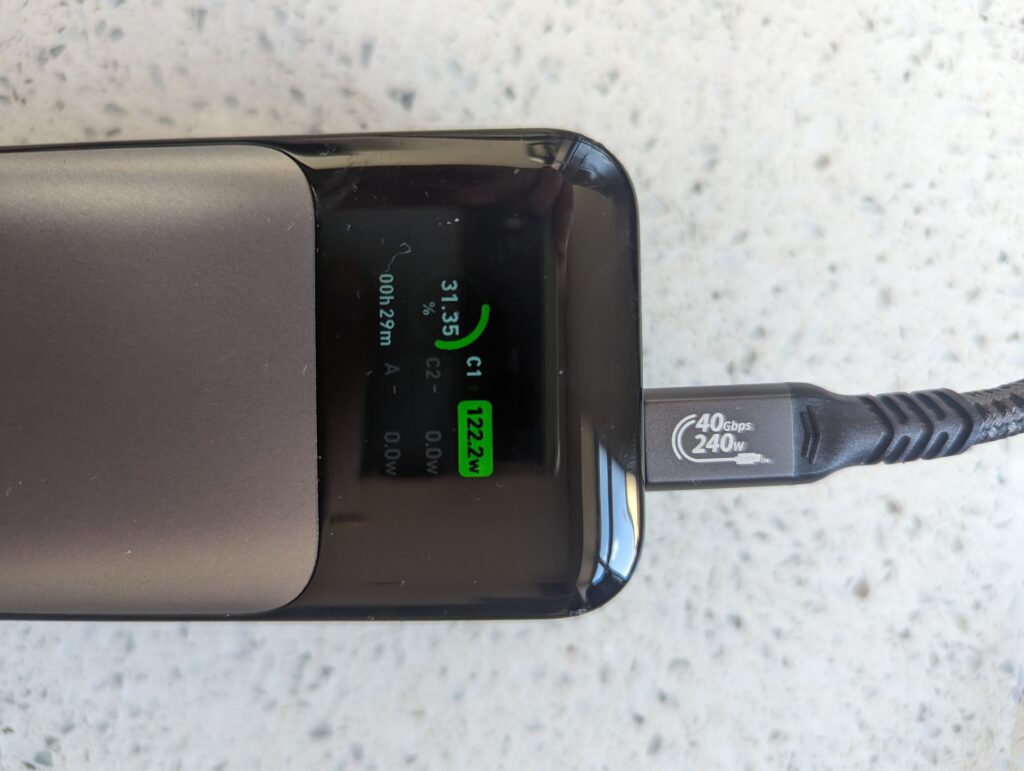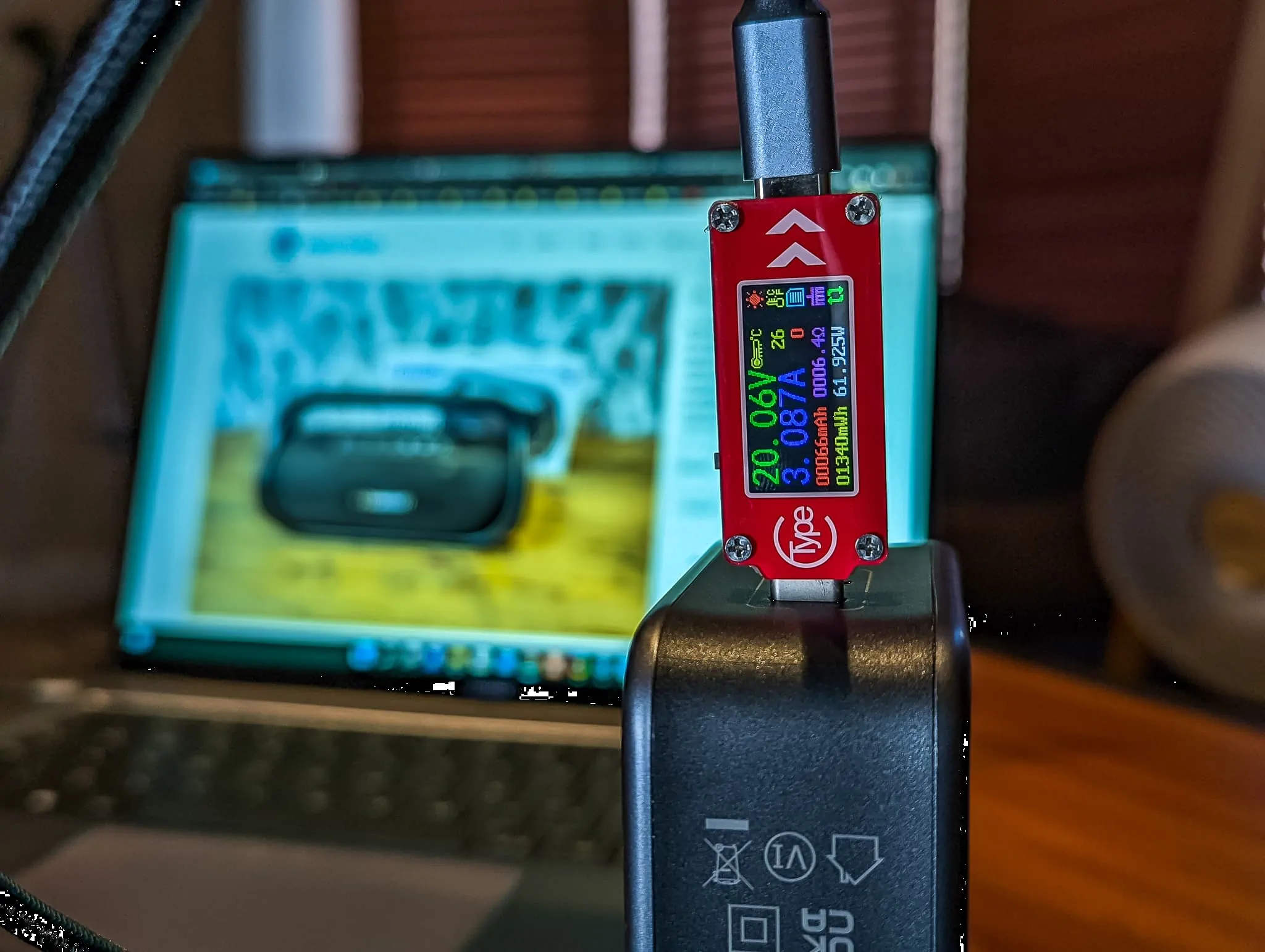With most consumer electronics using USB for power, it is important to realise the wide range of features that USB has.
We are all used to charging our phones over USB, but thanks to USB power delivery, we can now charge a variety of other devices, including laptops, lights, portable power stations and many more.
Different devices have different specifications. You need to factor in the device specification when it comes to buying USB cables, chargers and power banks.
In particular, when it comes to the higher-powered chargers, you can’t use any old USB cable, it needs to be rated for the wattage you require or higher.
You may then want to consider the data transfer speeds, you can buy a 240W-rated USB cable, but it may only support low data rates or in some cases, no data at all.
I will write guides on all aspects of USB, but let’s look at USB power delivery first.
What is USB Power Delivery

USB Power Delivery (USB PD) is a specification for handling higher power and allows a range of devices to charge more quickly over a USB connection. It also allows for power to be supplied in both directions so that, for example, a laptop could charge a phone, or a phone could charge a laptop depending on the power levels of the batteries and the capabilities of the devices.
The power is delivered in a more flexible way, too. While older USB standards only supported 5V charging, USB PD can support charging voltages at 5V, 9V, 15V, and 20V. With PD 3.0 and Programmable Power Supply (PPS), devices can negotiate for the precise voltage and current level that they require, resulting in more efficient charging. The USB PD 3.1 standard extends this up to 48V.
By allowing higher voltages and flexible power negotiation, USB PD enables faster charging and simplifies the process of charging various devices with different power needs. It helps to reduce the number of charging cables and adaptors you need, providing a universal charging standard.
USB Power Delivery 3.0
This version supports a power range up to 100W at voltage levels of 5V, 9V, 15V, and 20V. Furthermore, PD 3.0 also includes Programmable Power Supply (PPS) support, which allows for more granular control over voltage and current levels. This makes power transfer more efficient, helping to reduce heat and potentially lengthen device lifespan.
USB Power Delivery 3.1

This version was announced in 2021 and builds on the capabilities of PD 3.0. The most significant update with PD 3.1 is the increase of maximum power output up to 240W at higher voltage levels, reaching up to 48V, known as Extended Power Range (EPR). This allows even more powerful devices, like large monitors, gaming laptops, or even small appliances, to be powered via USB.

